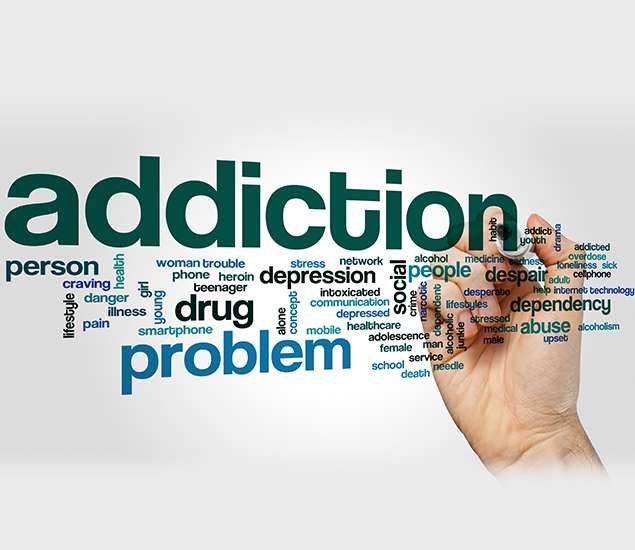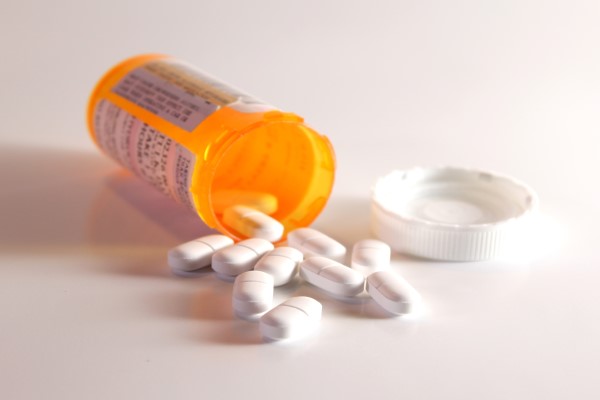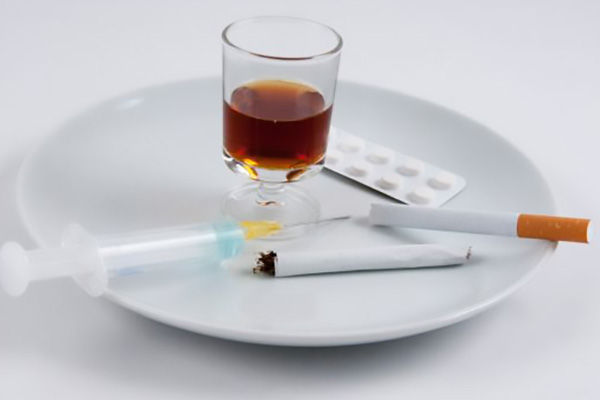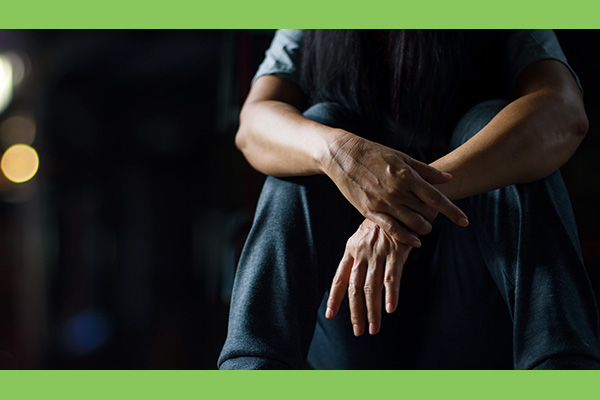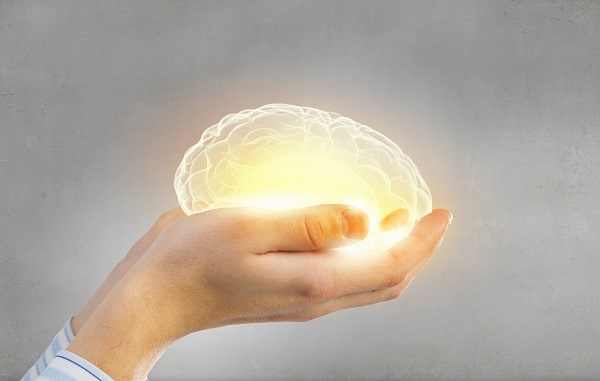OPIATES (OXYCONTIN, VICODIN, HEROIN, ETC.)
Opiate abuse is currently an epidemic in the United States. There is one death from opiate overdose every 20 minutes.
Codeine
Codeine is made from opium that comes from the poppy plant. It is available over the counter in Canada.Demerol (Meperidine)
It is a high potency painkiller of the opioid type.Fentanyl
Fentanyl is one of several synthetic opioids available by prescription.Heroin
Heroin is classified as a schedule I narcotic by the D.E.A. That means that there is no medical use for it.Methadone
Methadone is a synthetic opiate. It is not picked up as an opiate on the usual urine tests. Therefore, it is tested for separately. If someone is taking methadone but is not taking other opiates including heroin, their drug screen would be positive for methadone and negative for opiates.Morphine
Morphine is derived from the poppy plant. It is readily picked up by a urine test screen.OxyContin, Percodan, Percocet
OxyContin, Percodan and Percocet are all synthetic opiates. They contain the drug oxycodone. The Percodan form also contains aspirin and the Percocet form contains acetaminophen.Vicodin, Norco, Zydone, Hydrocodone
Hydrocodone is more potent than codeine or morphine.
STIMULANTS (COCAINE & AMPHETAMINE)
Cocaine/Crack
Cocaine’s association with increased sexual activity can lead to unintentional unsafe sex and spread of HIV and hepatitis. In addition, since frequent re-injection can occur, the chance for needle sharing episodes in the use of cocaine is greater than that of sharing needles or “works” with intravenous heroin.Methamphetamine
Amphetamines have a long history of abuse. Most recently found in the GO pills issued to U.S. Troops during the war in Iraq, they are also considered one of the “club drugs” people use it to stay up all night to “party.”
ALCOHOL & OTHER SEDATIVES
Alcohol
Alcohol is a sedative. It has a long history as part of the lifestyle of many cultures: To some, it is as commonly used with meals as is water.GHB
GHB usually comes as an odorless liquid with a salty or bitter taste. More often than not, it comes in small bottles or vials.Klonopin (Clonazepam)
Klonopin is particularly useful in the treatment of some seizures. It is also used for treating panic in some patients.Valium, Tranquilizers and Sleeping Pills
One can stop breathing when overdosed with this type of drug. Also abrupt stoppage of this class of drug can in some situations lead to seizures.Xanax (Alprazolam)
Alprazolam (Xanax) is medically useful for up to 2-3 weeks, while non-addicting medications can take effect to help panic attack disorders. It can also be used to ease anxiety after a severe life-changing event such as a death in the family, divorce or loss of job.
CLUB DRUGS
Ketamine
In the context of a club or dance event, a recreational dose of ketamine is likely to make you feel somewhat euphoric–and the right amount can send you on a trip, where light and music become particularly intense.Molly/Ecstasy/MDMA
MDMA usually comes in as a pressed tab, like an aspirin or a gelatin capsule. Pressed tabs are usually white, but they can come in any color of the rainbow.
HALLUCINOGENS
LSD, PCP, Mescaline, Peyote, Magic Mushrooms, Shrooms, Ibogaine
There is no known medically accepted use for hallucinogens in the U.S.Marijuana
It is usually smoked as a joint or in a pipe, vaporizer or bong or eaten in various edible forms.
NICOTINE
Cigars, Cigarettes, Chewing Tobacco, E-Cigarettes, and Vaporizers
Nicotine acts like an antidepressant in the brain. When one uses nicotine when on other drugs like alcohol, opiates or stimulants, the nicotine magnifies the effect of the other drug.
For the recommended detoxification, please call for more information.
